Looking for the perfect pair of slippers? Russia boasts several reputable manufacturers known for comfort, durability, and style. This list highlights five of the top Russian slipper producers, diving into their business details and comparing their strengths and weaknesses. But what if you’re seeking custom designs1, bulk orders, or specific branding options? Keep reading for a bonus global sourcing alternative!
1. Лель (Lel):
- Overview: Located in Kirov, Lel is renowned for its high-quality children’s and adult footwear2, with a strong emphasis on foot health and comfort.
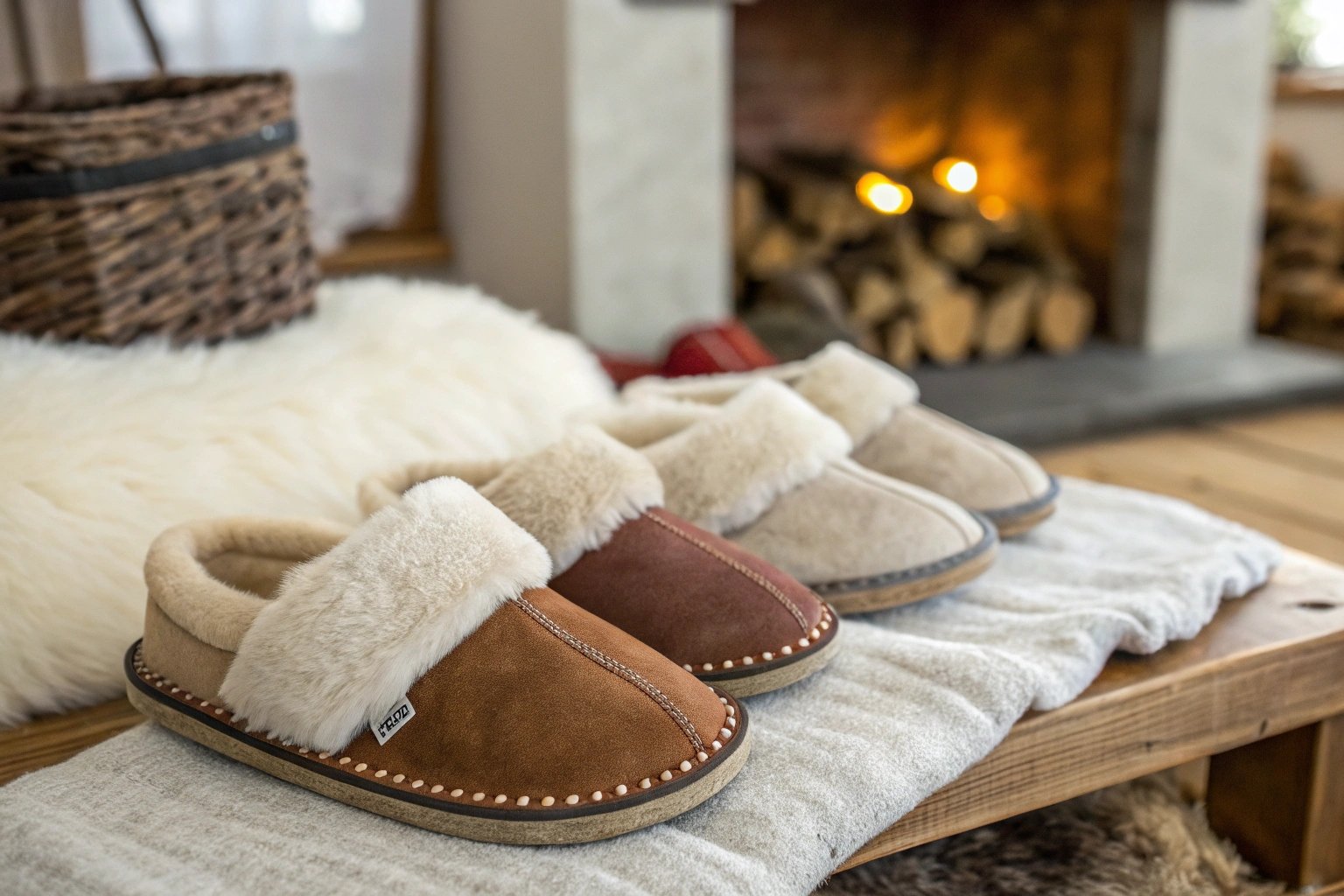
- Business Details:
- Product Line: Offers a wide range of slippers, including children’s, adult, orthopedic, and wool slippers, using natural materials like leather, wool, and cotton.
- Production Capacity: Owns production facilities in Kirov, utilizing modern technologies and quality control systems.
- Sales Channels: Sells through branded stores, shoe stores, department stores, e-commerce platforms, and wholesalers throughout Russia.
- Market Positioning: Targets the mid-to-high-end market, emphasizing health, comfort, and durability.
- Pros: High product quality, strong brand recognition, diverse product line.
- Cons: Relatively higher prices, potentially traditional designs, limited availability in some regions.
2. Егорьевск-обувь (Yegoryevsk-Obuv):
- Overview: A historical company located in the Moscow region, producing various types of footwear, including slippers, work shoes, and military footwear.
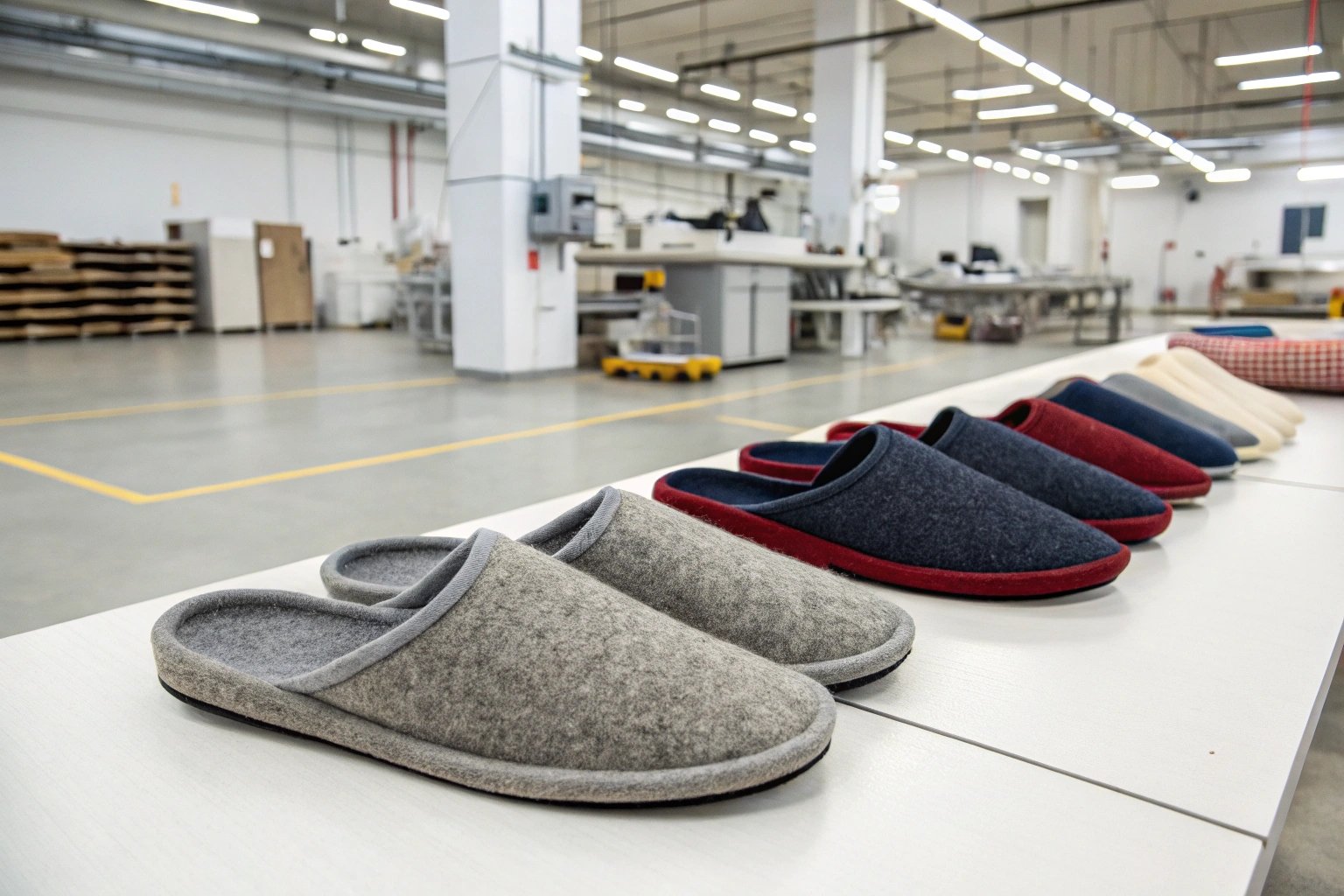
- Business Details:
- Product Line: Offers a range of slippers, including indoor, rubber, felt, and work slippers.
- Production Capacity: Operates large production facilities, employing both traditional and modern techniques.
- Sales Channels: Products are sold through wholesalers, shoe stores, workwear stores, e-commerce platforms, and government contracts.
- Market Positioning: Targets the mass market with affordable pricing.
- Pros: Affordable prices, strong production capacity, wide distribution channels.
- Cons: Potentially inconsistent product quality, simpler designs, brand image could be improved.
3. Паритет (Paritet):
- Overview: Based in St. Petersburg, Paritet focuses on producing comfortable home shoes and slippers, known for their comfortable designs and high-quality materials.

- Business Details:
- Product Line: Offers a variety of slippers, including indoor, wool, plush, and massage slippers.
- Production Capacity: Owns production facilities in St. Petersburg, utilizing modern technologies.
- Sales Channels: Products are sold through branded stores, shoe stores, homeware stores, e-commerce platforms, and wholesalers.
- Market Positioning: Targets the mid-range market, emphasizing comfort and design.
- Pros: Comfortable designs, high-quality materials, good brand image in St. Petersburg.
- Cons: Potentially higher prices, limited sales range, brand awareness needs improvement in other regions.
4. Белста (Belsta):
- Overview: Located in Belgorod, Belsta manufactures various types of footwear, including slippers, boots, and work shoes, known for their durability and practicality.
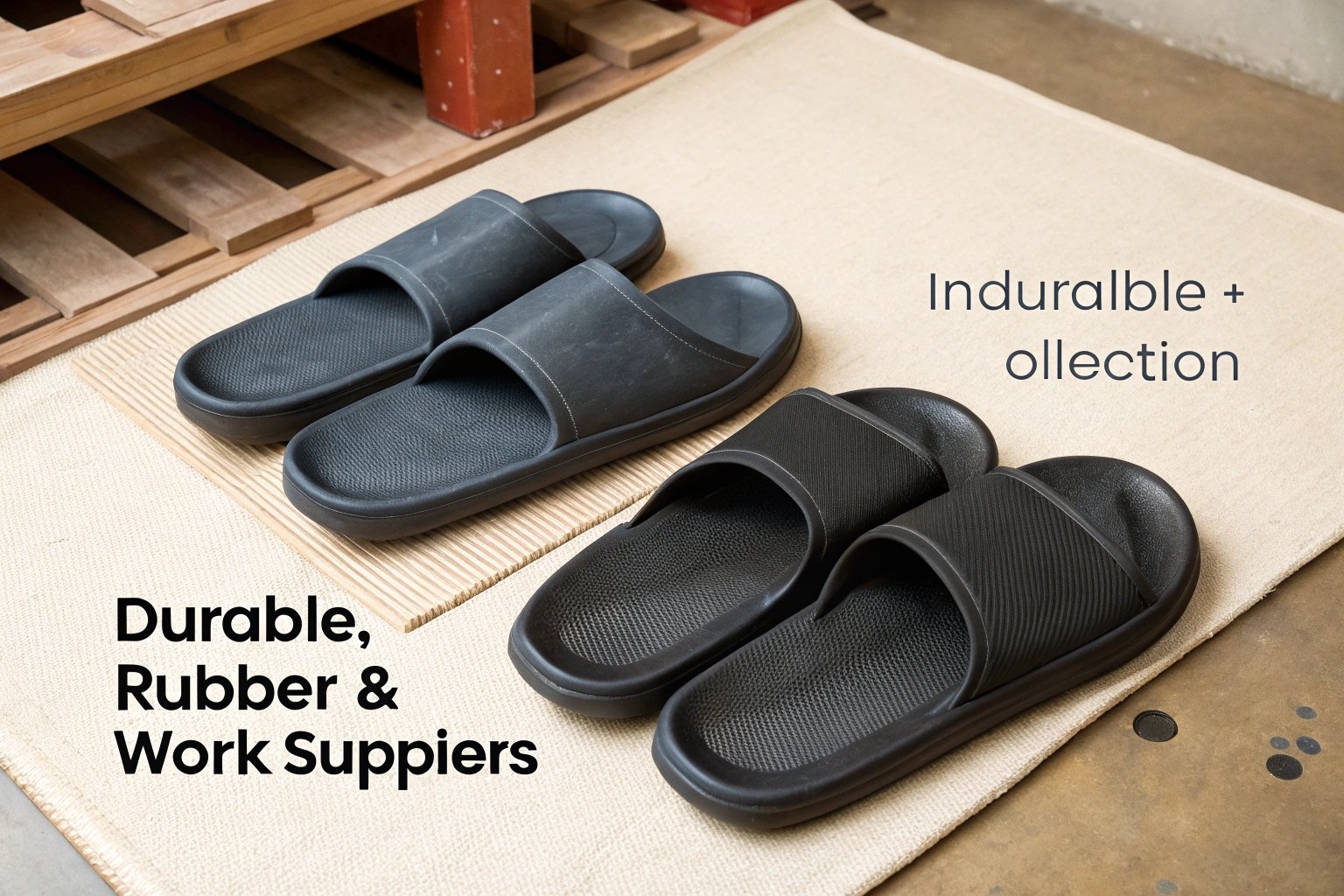
- Business Details:
- Product Line: Offers a range of slippers, including indoor, rubber, felt, and work slippers.
- Production Capacity: Operates large production facilities, employing both traditional and modern techniques.
- Sales Channels: Products are sold through wholesalers, shoe stores, workwear stores, e-commerce platforms, and government contracts.
- Market Positioning: Targets the mass market with affordable pricing.
- Pros: Affordable prices, strong durability, high production capacity.
- Cons: Simpler designs, brand image needs improvement, potentially inconsistent product quality.
5. ТОФА (TOFA):
- Overview: Based in Tomsk, TOFA is one of the largest footwear manufacturers in Russia, producing various types of shoes, including slippers, boots, sandals, and sneakers.
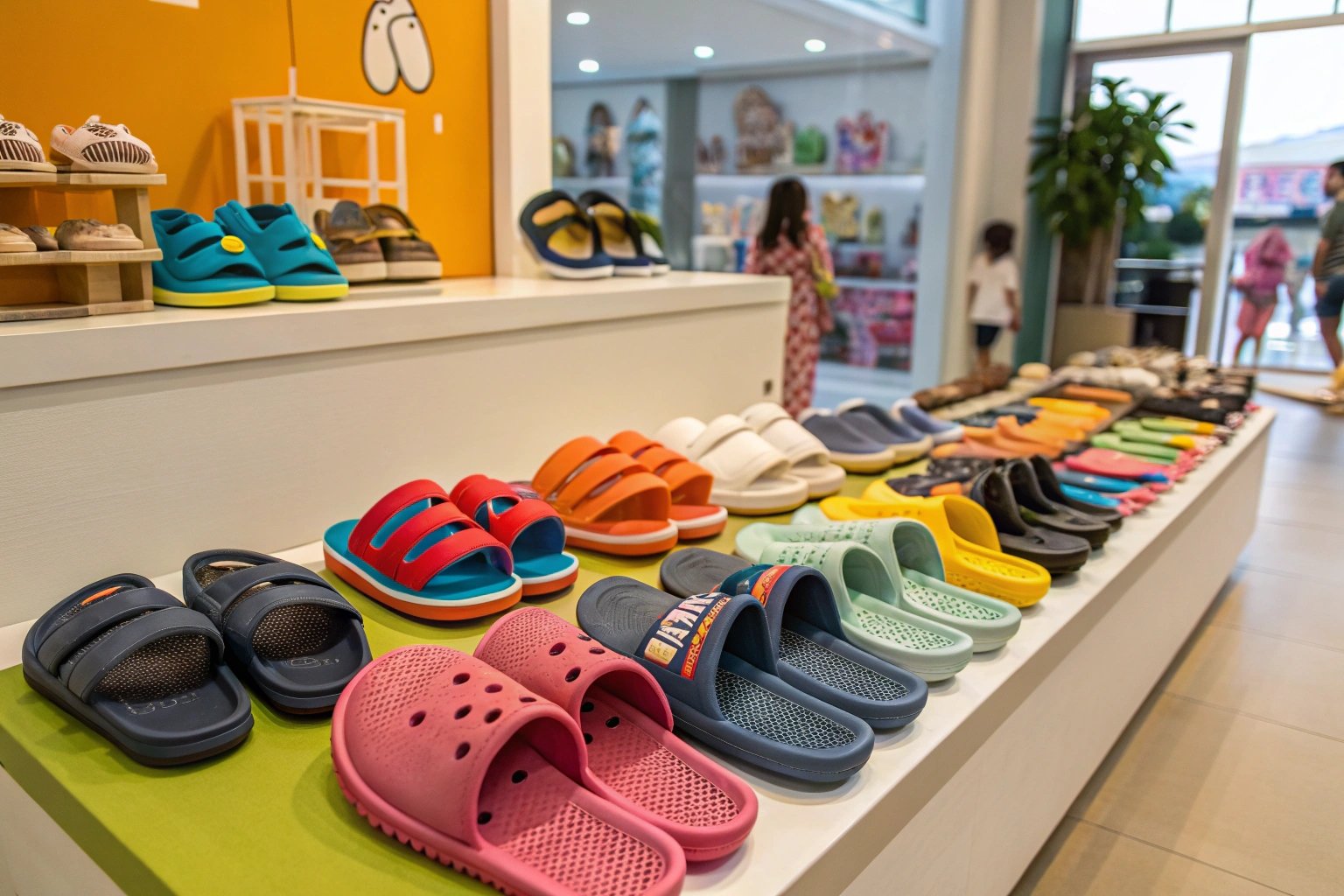
- Business Details:
- Product Line: Offers a range of slippers, including indoor, rubber, beach, and children’s slippers.
- Production Capacity: Operates large production facilities, utilizing modern technologies and quality control systems.
- Sales Channels: Products are sold through branded stores, shoe stores, department stores, e-commerce platforms, and wholesalers throughout Russia.
- Market Positioning: Targets the mass and mid-range markets with reasonable pricing.
- Pros: Large production scale, wide distribution network, diverse product line.
- Cons: Product quality may not be as high as high-end brands, potentially generic designs, brand image needs improvement.
6. Ningbo Cotton Slipper Co., Ltd.: Your Global B2B Slipper Partner
If you’re seeking highly customized slipper solutions for B2B purposes, and need specific branding and design options on a large scale, consider Ningbo Cotton Slipper Co., Ltd. While based in China, they serve customers globally, offering a compelling alternative for Russian businesses. They are a leading Chinese slipper manufacturer specializing in high-quality home slippers and EVA plastic slippers. Since 2018, they’ve assisted over 2000 customers – brand manufacturers, distributors, wholesalers, larger retailers, and promotional companies – in creating custom slippers tailored to their unique needs.
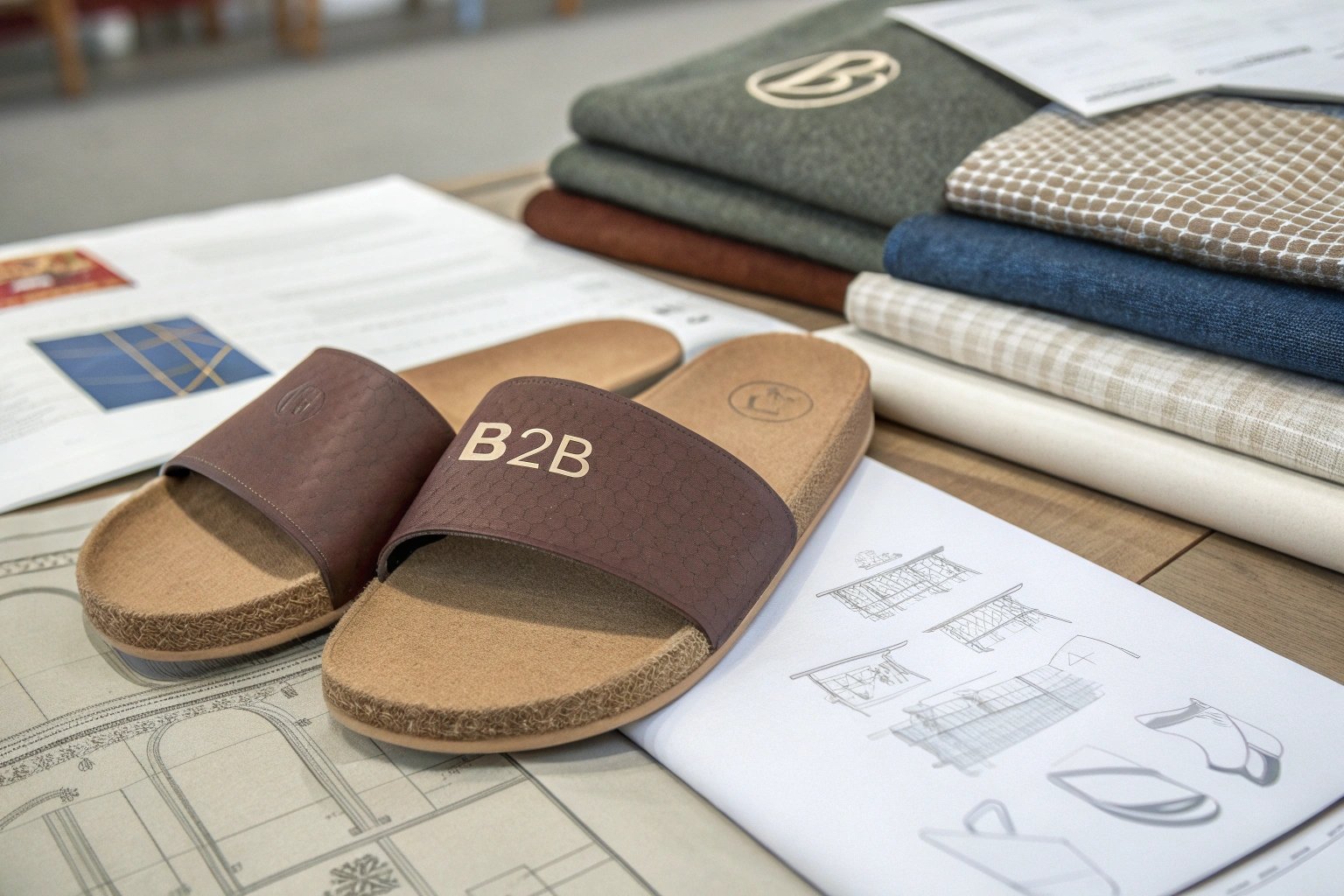
- Pros: Specializes in OEM and ODM, one-stop solutions (design to after-sales), competitive pricing, low minimum orders, fast sampling, globally recognized certifications.
- Cons: Located in China (potential for longer lead times/shipping), B2B only.
Want to explore B2B slipper sourcing for your Russian business? Contact Chris Lu, Sales Director, at chris@evaslippers.com or +86 183 6872 8228 to discuss your requirements! WhatsApp: +1 (303) 210 8376
Conclusion:
Russia offers a variety of slipper manufacturers catering to different needs and budgets. From established local brands to larger producers, there’s a slipper solution for most consumers and businesses. For companies requiring large-scale customization, specific design needs, and branding options, consider the benefits of partnering with a specialized B2B supplier like Ningbo Cotton Slipper Co., Ltd. Remember to consider current geopolitical factors when making sourcing decisions.

